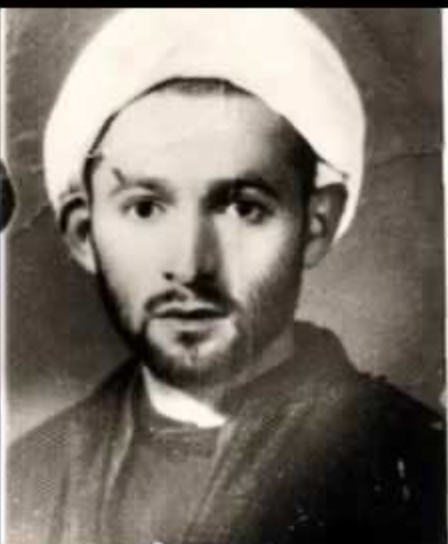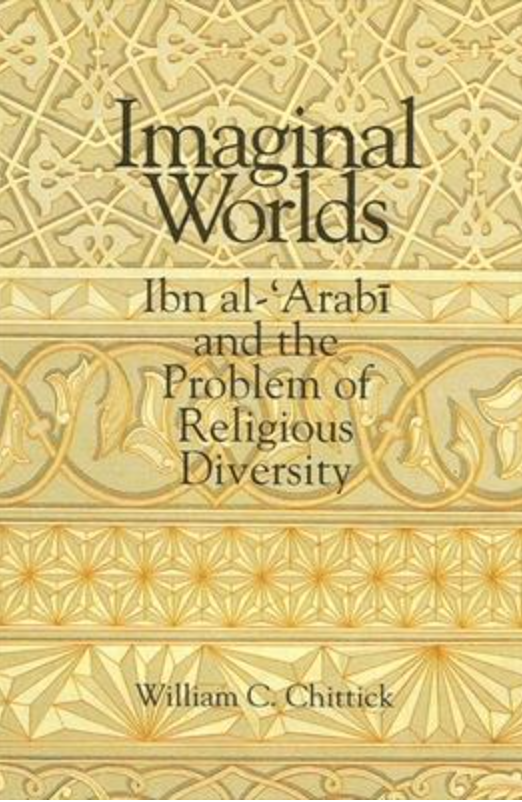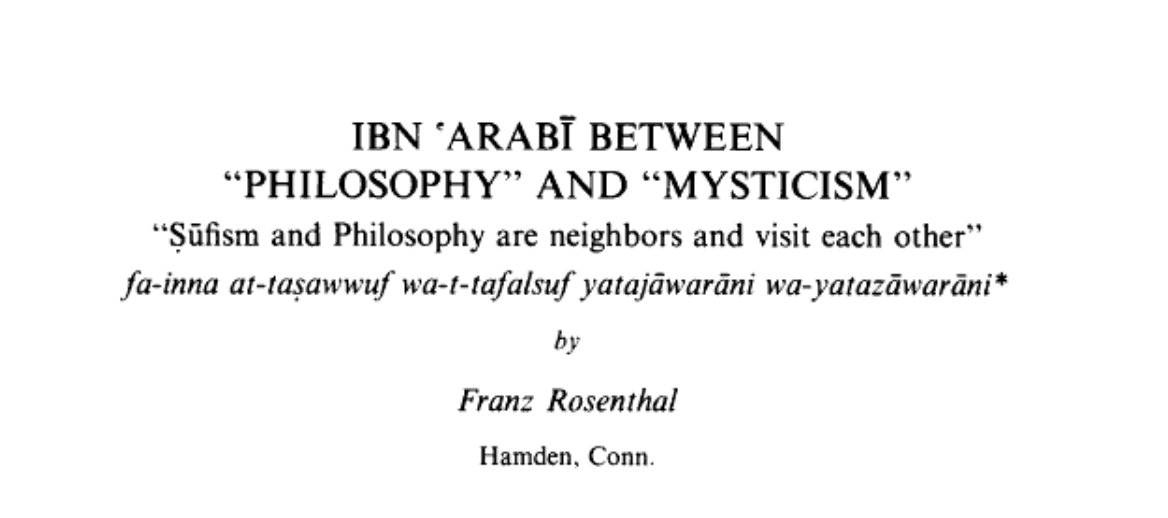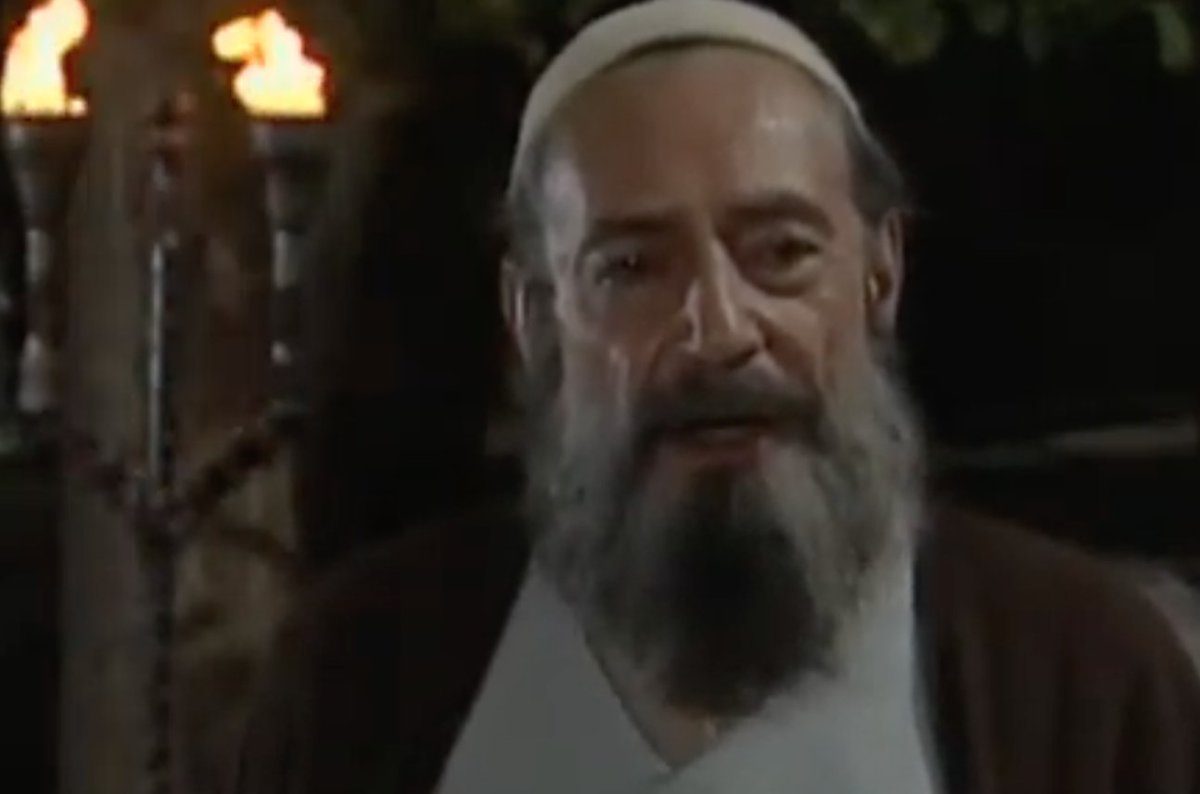
With the recent passing of Āgha-ye Ḥasanzādeh Āmulī, mention was made of his teacher Mīrzā Abūʾl-Ḥasan Shaʿrānī (1903-1973) whom most Iranians know through his translation of the Qurʾan - a 🧵 



In terms of his scholarly family background, his father was a descendant of Fatḥollāh Kāshānī, author of the 16th century #QurʾanExegesis Manhaj al-ṣādiqayn, and his maternal grandfather was Navvāb-e Tehrānī, author of the literary Shiʿi martyrology Fayż al-dumūʿ 1/ 



Shaʿrānī trained in the seminary, first at the Madrasa-ye Khān Marvī with important philosophers such as Mīrzā Mahdi Āshtiyānī (1888-1953), one of the first to teach university students as well, and Mīrzā Maḥmūd Qummī (d. 1925), a specialist on the school of #IbnʿArabī 2/ 

Both these figures became major conduits for the transmission of the so-called school of Tehran, with its attachment to the metaphysics of #MullāṢadrā and the Sufi thought of #IbnʿArabī to the next generations of seminary teacher and to the university 2a/
Mīrzā Maḥmūd in particular was part of the trend of teaching Tamhīd al-qawāʿid of Ibn Turka and the Miṣbāh al-uns of Fanārī as part of a curriculum on the metaphysics of the school of #IbnʿArabī 2b/ 

He then continued studying in the newly re-established seminary in Qom under the supervision of its founder Shaykh ʿAbdol-Karīm Ḥāʾerī (1859-1936) and later completed his training in Najaf 3/ 

Shaʿrānī was known as a polymath, a seminarian who also taught in the university and in new developing hybrid institutions, a master of the scriptural disciplines as well as philosophy and theology 4/
His translation of the Qurʾan and the famous manual of devotions and supplications reported from the 4th Shiʿi Imām ʿAlī Zayn al-ʿĀbidīn al-Ṣaḥīfa al-Sajjādīya are well known as well as his marginal notes on exegetical works 5/ 

In the 1990s, a number of his essays on exegesis were also printed, mainly through the auspices of Āghā-ye Ḥasanzādeh 6/ 





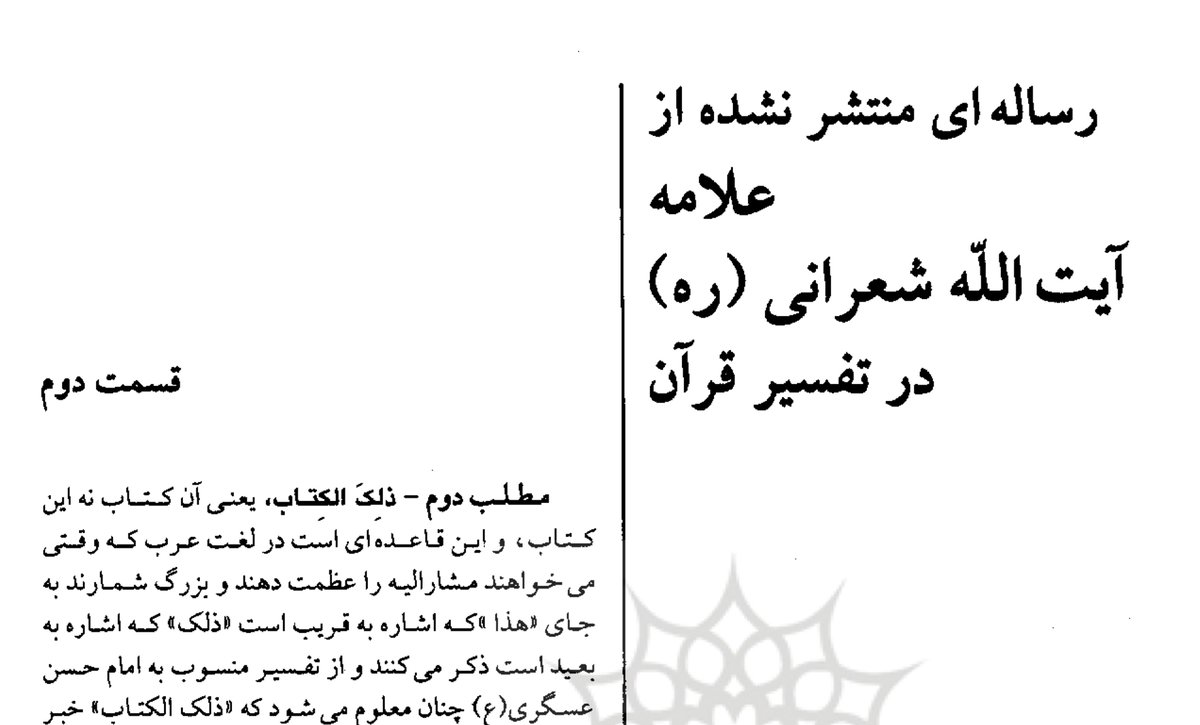

These articles dated from a much earlier period and covered important modern(its) themes such as the unity of the #Qurʾan, historical norms, the rejection of any textual tampering (taḥrīf), and an affirmation of the different recitations 7/
He also connected Qurʾanic verses with discussions in theology and philosophy since it is clear that like many of his training (and this is often criticised by the #tafkīkīs) he considered the truth of revelation, metaphysics, rationally grounded truths to be identical 8/ 

His edition, translation and notes on the famous theological text Kashf al-murād fī sharḥ Tajrīd al-iʿtiqād of ʿAllāma al-Ḥillī (d. 1325) is well known and used 9/ 

Like other seminary philosophers linked to the trend known as the #NewTheology (kalām-e jadīd), he defended metaphysical realism as well as the existence of the true self of the human being the rational soul 10/ 

His most creative theological work is Rāh-e saʿādat, a defence of the metaphysical foundations of religion and of the necessity of prophecy in the polemical context of the late Qajar and Pahlavi periods 11/ 

It continued a Qajar philosophical response to the challenge of missionaries, starting with Henry Martyn, a theme taken up by other philosophers such as ʿAlī Nūrī (d. 1831) and ʿAlī Zunūzī (d. 1889) 11a/
On philosophy, a number of articles have appeared such as his conceptualisation of the branches of philosophy - in this metaphysics is privileged as first philosophy in the Aristotelian tradition 12/ 

In that light, one of the works that he first wrote in 1937 was Falsafa-ye ūlā or First Philosophy that links seminary study of philosophy to the Greek inheritance as well as a comparison with European thought 13/ 







This work should be placed along others written by seminarians around the same period from the establishment of the teaching of philosophy at Tehran University until the late 1950s such as 14/
This was also written primarily for the students at the University 14a/
ʿIlm-e kollī of Mahdī Ḥāʾerī Yazdī, Ḥekmat-e naẓarī of Mahdī Elāhī Qomshehī, and even Oṣūl-e falsafeh of ʿAllāmeh Ṭabāṭabāʾī 15/
The text itself comprises five sections on ontology, theology, natural philosophy, ethics, and psychology but as he suggests the real reason is to provide a comparative analysis of the language of philosophy between the Islamic and 'western' traditions 16/ 

This includes a short potted history of Western philosophy - and let's not forget that this was written before Ḥekmat's account of European philosophy - and includes an awareness of Bergson as a cognate 'mystical philosopher' 17/
In that sense, we can see Shaʿrānī within the class of a number of seminarians whose main work lay in the more 'traditional' disciplines but who demonstrated a keen knowledge and understanding of modern European thought and reflected its reception 18/
• • •
Missing some Tweet in this thread? You can try to
force a refresh




